What to know about wetlands and where you can find them along Lake Michigan
Muddy. Swampy. Mosquito-ridden.
These are the images that often come to mind when many people think of wetlands. But without them, the Great Lakes wouldn't be what they are.
Wetlands serve as spawning and nesting grounds, maintain water quality, prevent erosion and support recreation − all important to the world's largest surface freshwater system.
Here’s what you should know about Wisconsin's diverse wetland landscape, where you can find them along Lake Michigan and how Milwaukee is restoring the habitat.
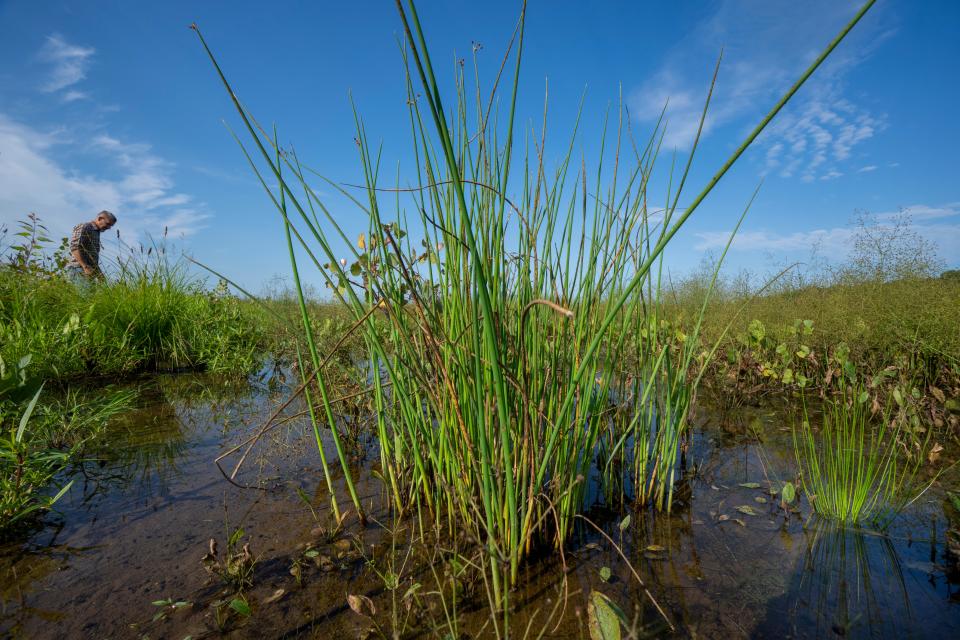
What is a wetland?
A wetland is a kind of ecosystem that is flooded or saturated with water for at least part of the year.
But they are much more diverse than people realize, said Katie Beilfuss, the outreach programs director at Wisconsin Wetlands Association.
Sometimes there isn’t any open water, she said, and they look more like a prairie or a forest.
There are four main kinds: Marshes, swamps, bogs and fens.
Marshes are periodically flooded with water and have vegetation adapted to wet soil. Coastal marshes are one common kind near the shorelines of the Great Lakes.
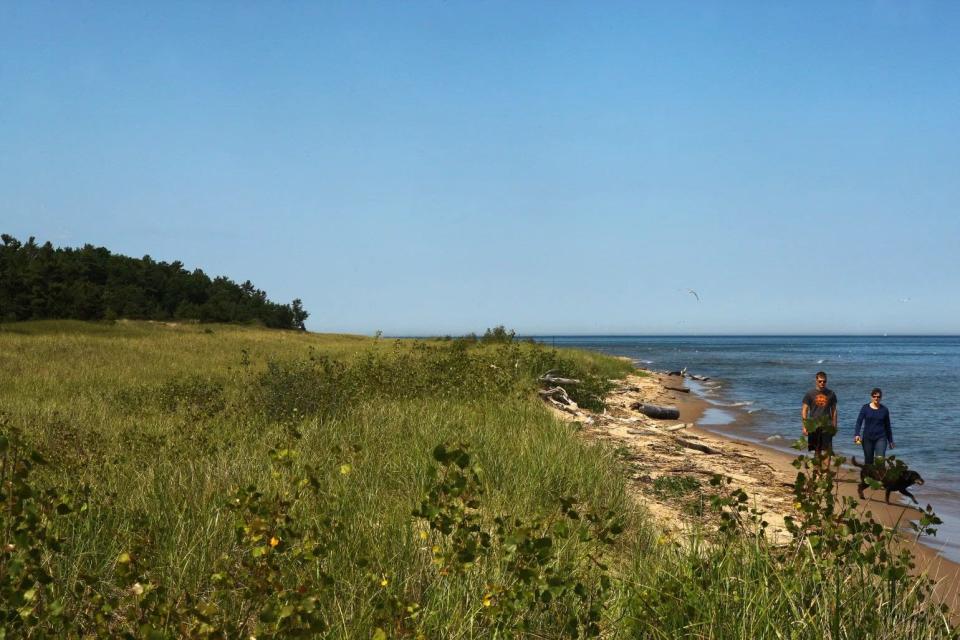
Swamps are fed by surface water and are dominated by trees or shrubs.
Fens and bogs are two kinds of wetlands that are also known as peatlands. Peat is a type of soil rich in carbon and organic material. Fens are fed by a consistent stream of groundwater while bogs are enclosed and filled with rain water.
How many wetlands are there in Wisconsin?
About half of the wetlands in Wisconsin have been lost since the late 1800s – a number that is similar to the entire Great Lakes region.
Many have been filled or drained to build cities, towns, roads and houses. And many have been converted to land for agriculture. More wetlands have been lost in the southern part of the state than in the north.
Today, there are about five million acres of wetlands in Wisconsin, covering about 15 percent of the state.
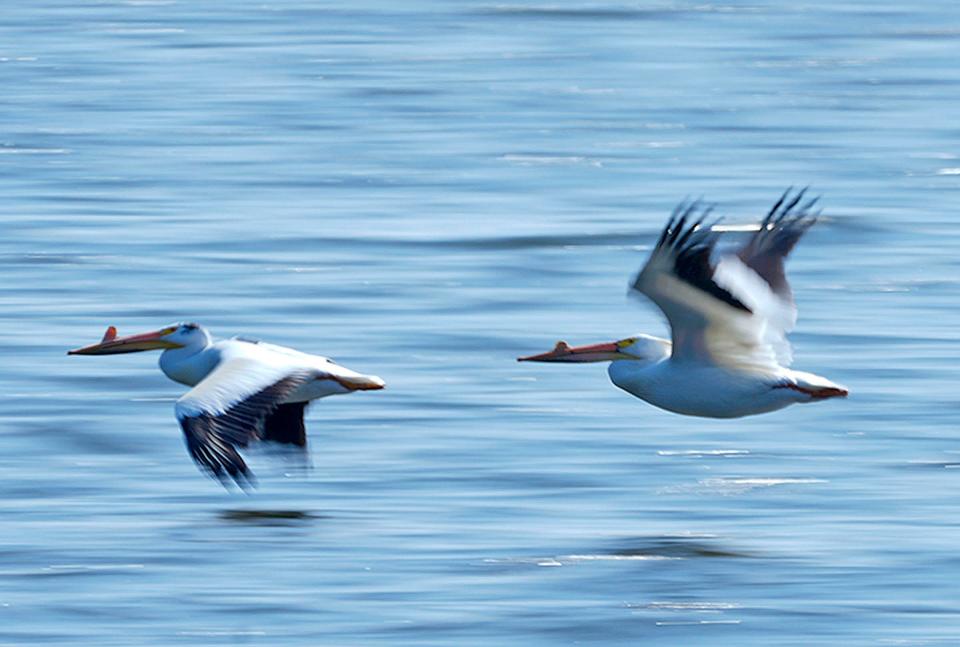
How do wetlands help the Great Lakes?
About 75 percent of Wisconsin’s wildlife rely on wetlands for part of their life.
Birds use wetlands for their breeding grounds and stopovers during migrations. And many of the Great Lakes’ most prized fish – like walleye, yellow perch, bowfin and northern pike – spawn in coastal wetlands or use them for nursery habitats.
Wetlands are also often referred to as nature’s kidneys, filtering nutrients and sediment out of the water before it winds up in larger waterbodies.
In fact, wetlands are one of the most cost-effective ways to clean water, Beilfuss said.
Aquatic plants slow down the water, giving time for plants to take up nutrients and microbes to break down nitrogen from agriculture runoff, she said.
Wetlands store water and allow it to get into groundwater, replenishing aquifers.
During heavy rain events, wetlands provide a space for water to spread out and slow down, which helps protect communities that are downstream from flooding.
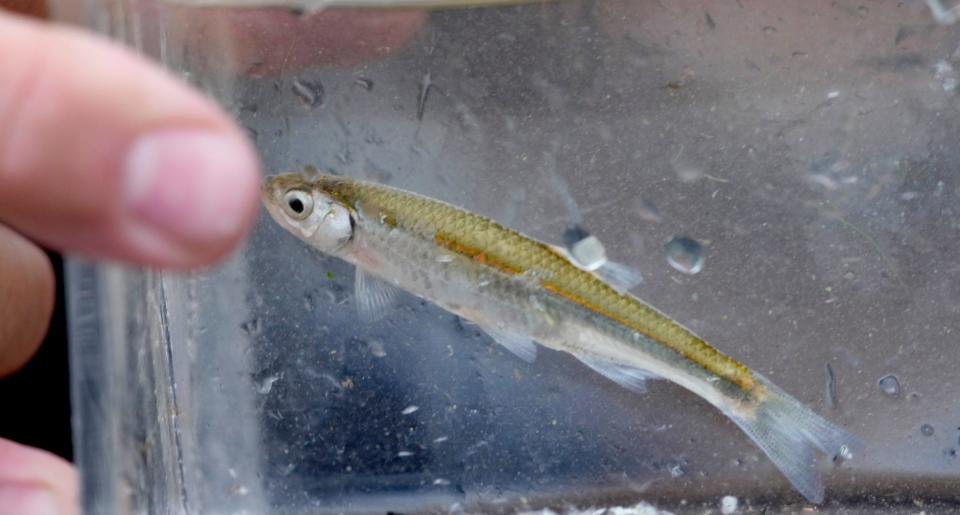
Where can you find wetlands near Lake Michigan?
Here are some places along Lake Michigan where you can find wetlands:
Marinette and Brown counties
Pestigo River Delta Marshes State Natural Area in Peshtigo
Seagull Bar State Natural Area in Marinette
Sensiba State Wildlife Area in Suamico
Ken Euers Nature Area in Green Bay
Kewaunee and Door counties
Kewaunee Marsh Walk in Kewaunee
Ahnapee State Trail along the Ahnapee and Kewaunee rivers
Black Ash Swamp on the border of Door and Kewaunee counties
Moonlight Bay and connected wetlands that span the Door Peninsula
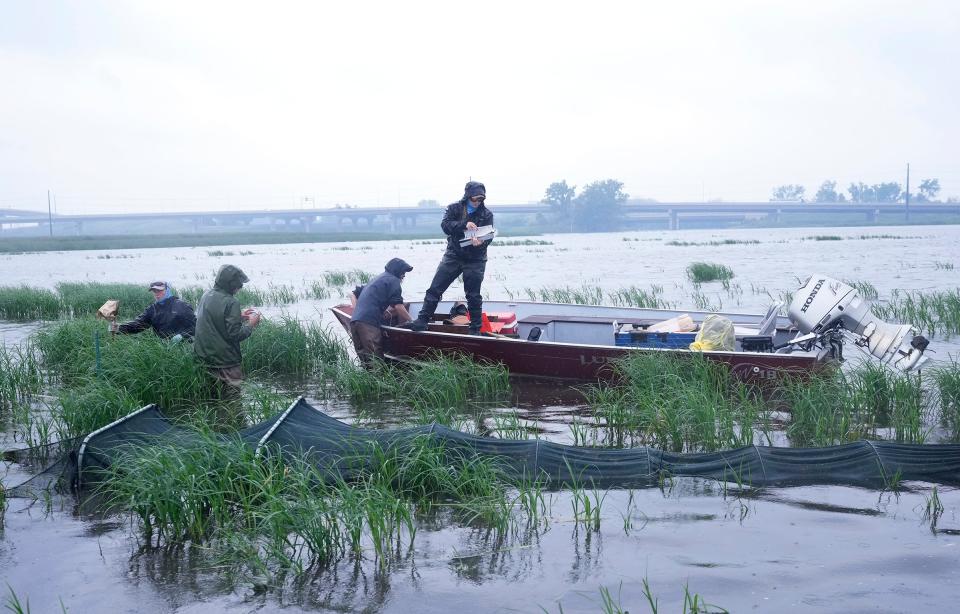
Manitowoc and Sheboygan counties
Point Beach and Dunes near Two Rivers
Kohler-Andrae State Park
Milwaukee and Racine counties
Emerald Preserve Park in Oak Creek
Warnimont Bluff fens in Cudahy
Root River Riverine Forest on the border of Milwaukee and Racine counties
Renak-Polak Woods, located on the east side of the Root River in northeastern Racine County
Kenosha County and Lake County Illinois
Chiwaukee Prairie in Pleasant Prairie
Des Plaines River Floodplain and Marshes, just east of I-94 and north of the state line
Illinois Beach State Park in Lake County in Illinois
Are there wetlands in the city of Milwaukee?
More than 200 years ago, Milwaukee was covered by 10,000 acres of wetlands that supported wildlife along the city's three rivers and lakeshore.
Loss of these wetlands and other habitats − along with legacy industrial pollution − are why the Milwaukee River Estuary is designated as an area of concern, one of the most degraded sites around the Great Lakes.
Projects are now underway to restore wetlands, so the city can reap their benefits.
Tucked away near Barnacle Bud's is one of the last remnants of the city's historical wetlands, which is being restored through the area of concern program. The Grand Trunk Wetland Habitat Restoration project, also known as the Bay View Wetland, will remediate contaminated sediment and restored in the coming years.
Milwaukee’s sewerage district is converting the Burnham Canal, which runs from 7th to 15th streets north of Bruce Street in Walker’s Point, into a nearly seven acre wetland.
The canal, which stopped being a navigable waterway in the 1980s, is undergoing a major cleanup effort to rid contamination left behind from the Miller Compressing Company.
Although not a part of the area of concern program, Milwaukee County Parks is also creating a new wetland on 20 acres of county-owned farmland that is no longer suitable for farming. The site will be located in Oak Creek along the Oak Creek Parkway near the intersection of E. Puetz and S. Nicholson roads.
Do other Great Lakes states protect wetlands?
Protections vary state-by-state across the eight Great Lake states with Minnesota and New York having the strongest protections, according to Earth Justice.
Illinois has the weakest protections for wetlands across the basin.
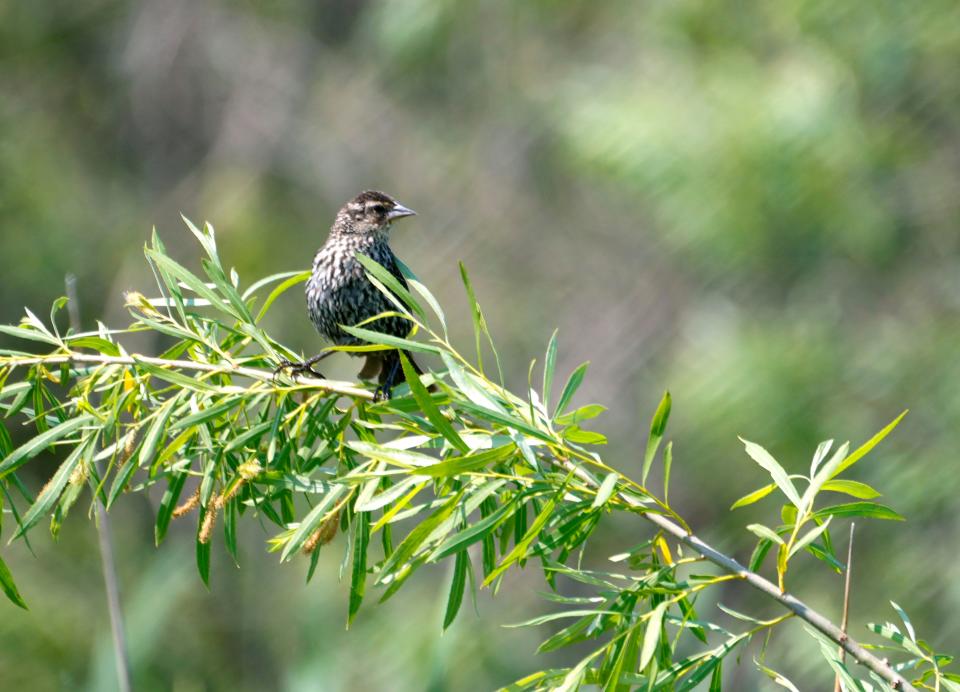
Wisconsin's wetlands are fairly well-protected. In 2001, the state’s Legislature was the first to pass protections, requiring that property owners get a permit before developing in a wetland. And this can only be done if the owners can prove there is a need to build and they’ve done everything they can to avoid habitat loss.
Will things change post-Supreme Court ruling on Clean Water Act?
However, in a recent ruling, the Supreme Court rolled back protections for many wetlands under the Clean Water Act, leaving it up to the states to decide how strongly they want to protect the habitats.
While state protections remain in Wisconsin, this can change if the state Legislature decides to enact the more restrictive federal protections.
And there may be an immediate impact on the state’s wetlands. In 2017, protections were dialed back when the Legislature exempted discharges to wetlands smaller than one acre in urban areas and three acres in rural areas from state permitting requirements. It's possible that these small wetlands will be completely unregulated after the ruling.
Science shows that surface and groundwater are all connected, even if people can’t easily see that connection, Beilfuss said. The Clean Water Act was written in a way that was focused on surface water and scientists have learned a lot since then, she said.
And because water is all connected, the recent ruling may become problematic for the Great Lakes and Mississippi River basins.
But “we need clean water and wetlands help get us there,” Beilfuss said.
Caitlin Looby is a Report for America corps member who writes about the environment and the Great Lakes. Reach her at clooby@gannett.com or follow her on Twitter @caitlooby.
Please consider supporting journalism that informs our democracy with a tax-deductible gift to this reporting effort at jsonline.com/RFA or by check made out to The GroundTruth Project with subject line Report for America Milwaukee Journal Sentinel Campaign. Address: The GroundTruth Project, Lockbox Services, 9450 SW Gemini Dr, PMB 46837, Beaverton, Oregon 97008-7105.
This article originally appeared on Milwaukee Journal Sentinel: Where to find wetlands along Lake Michigan and around Milwaukee

